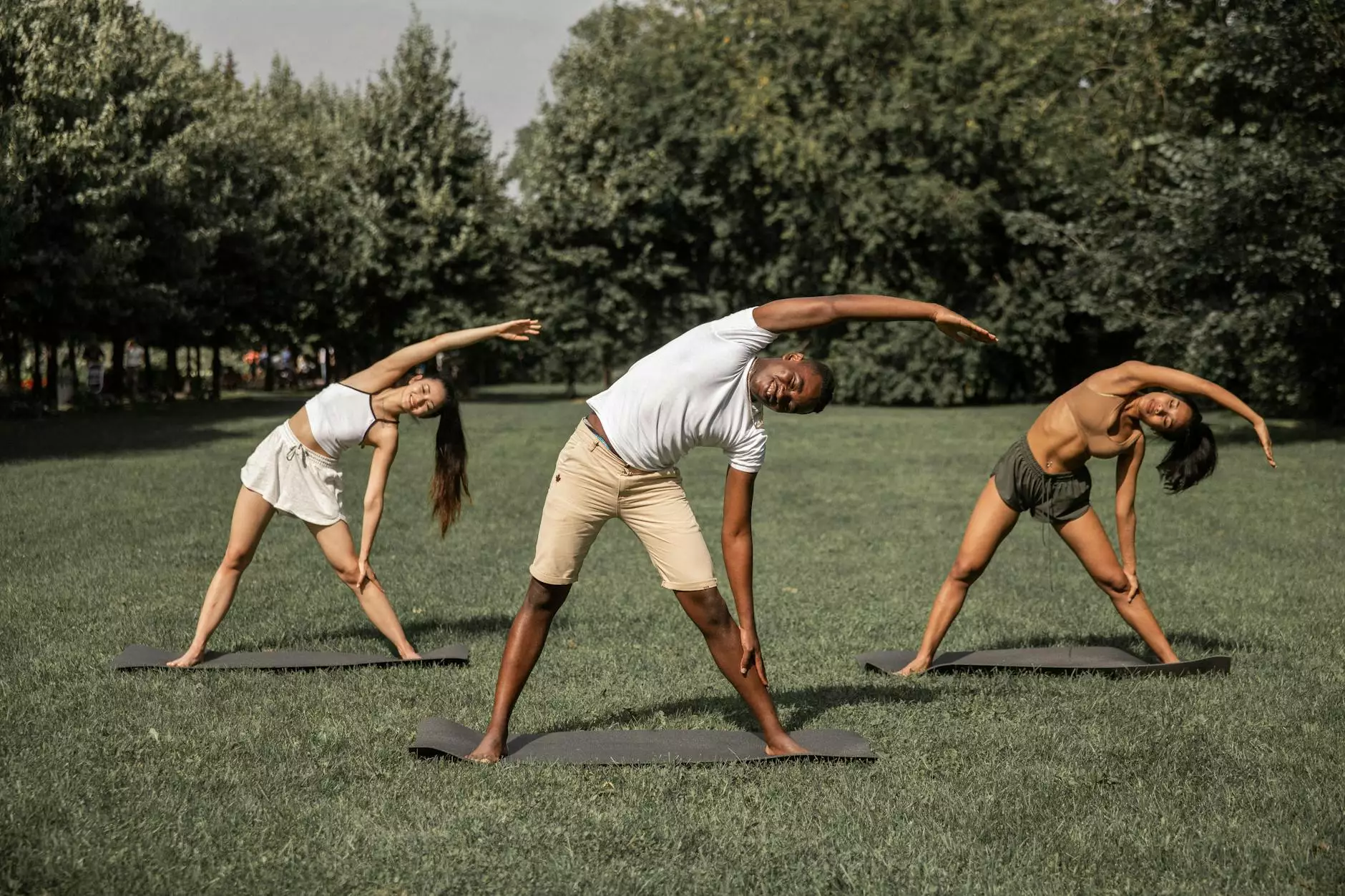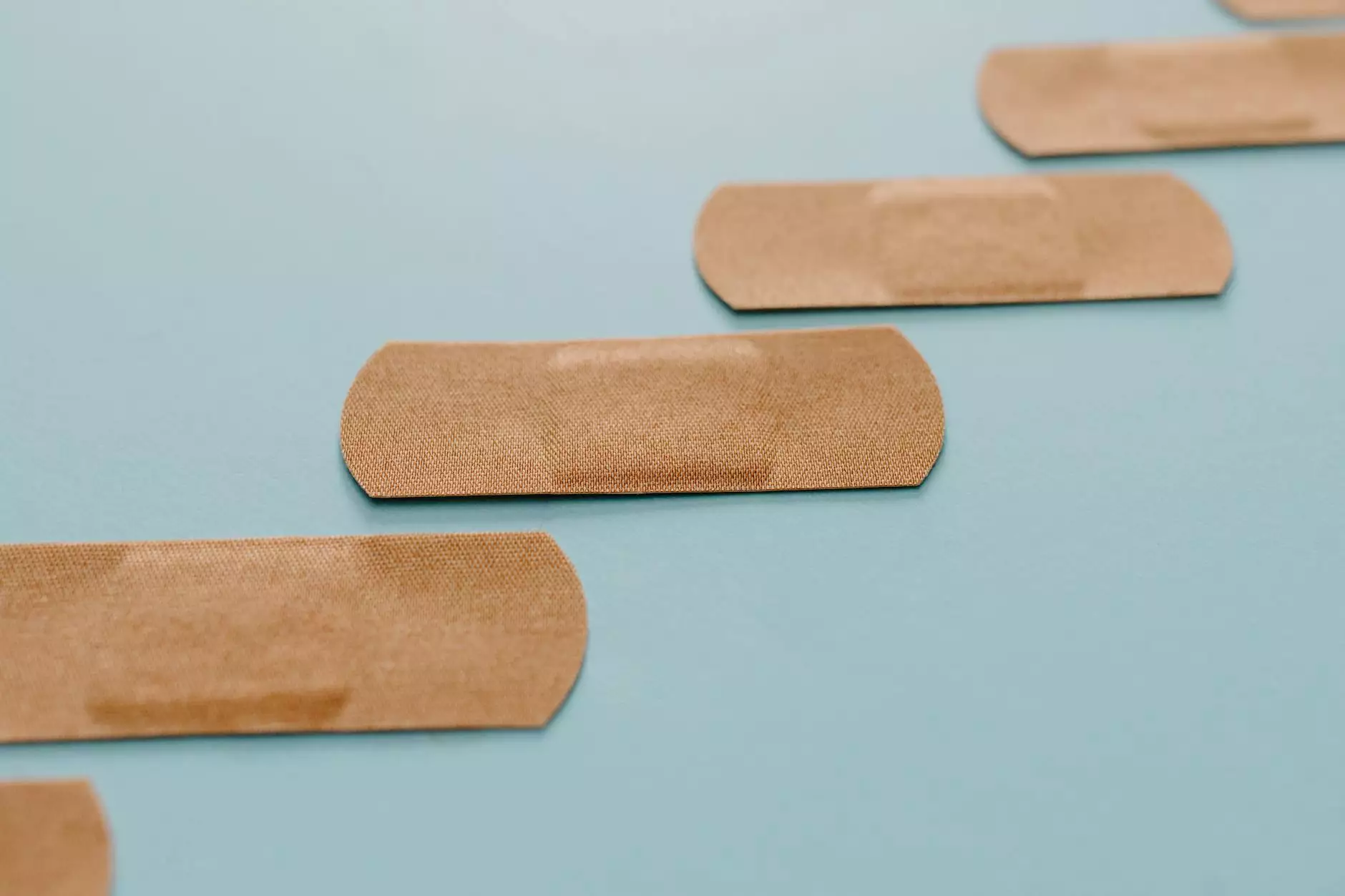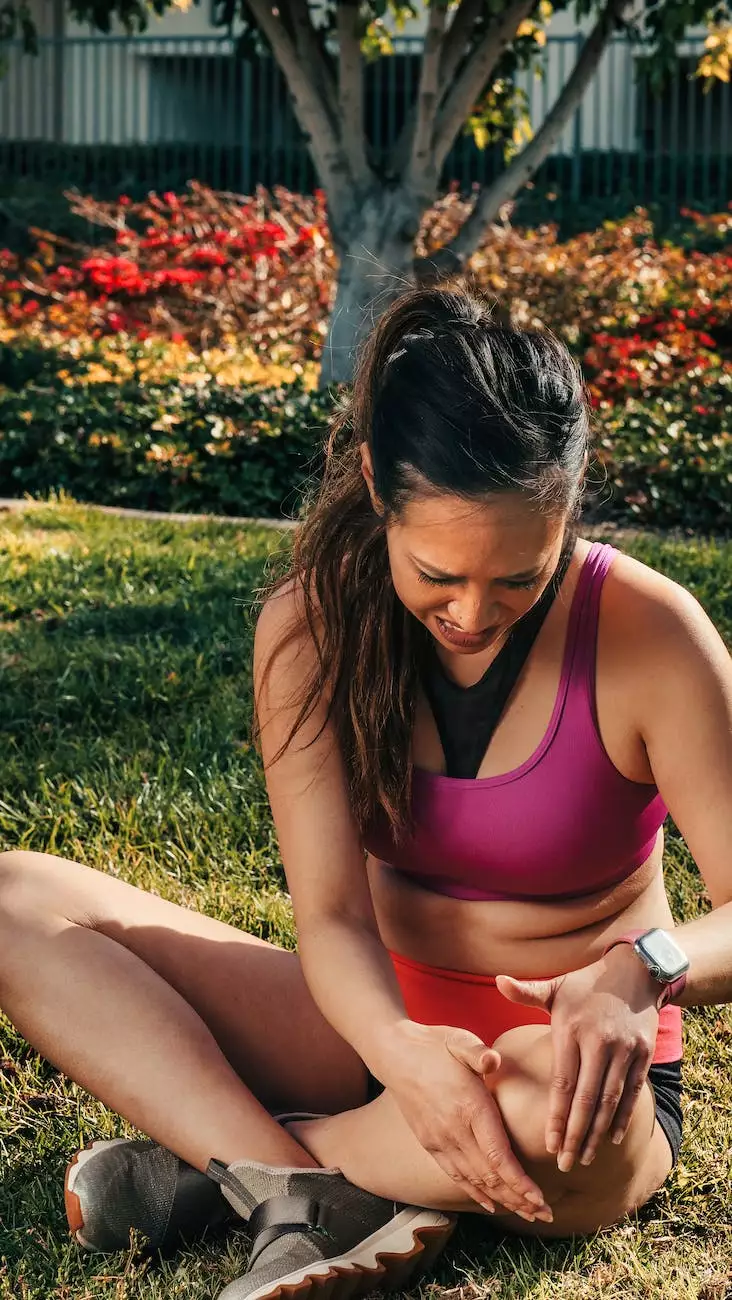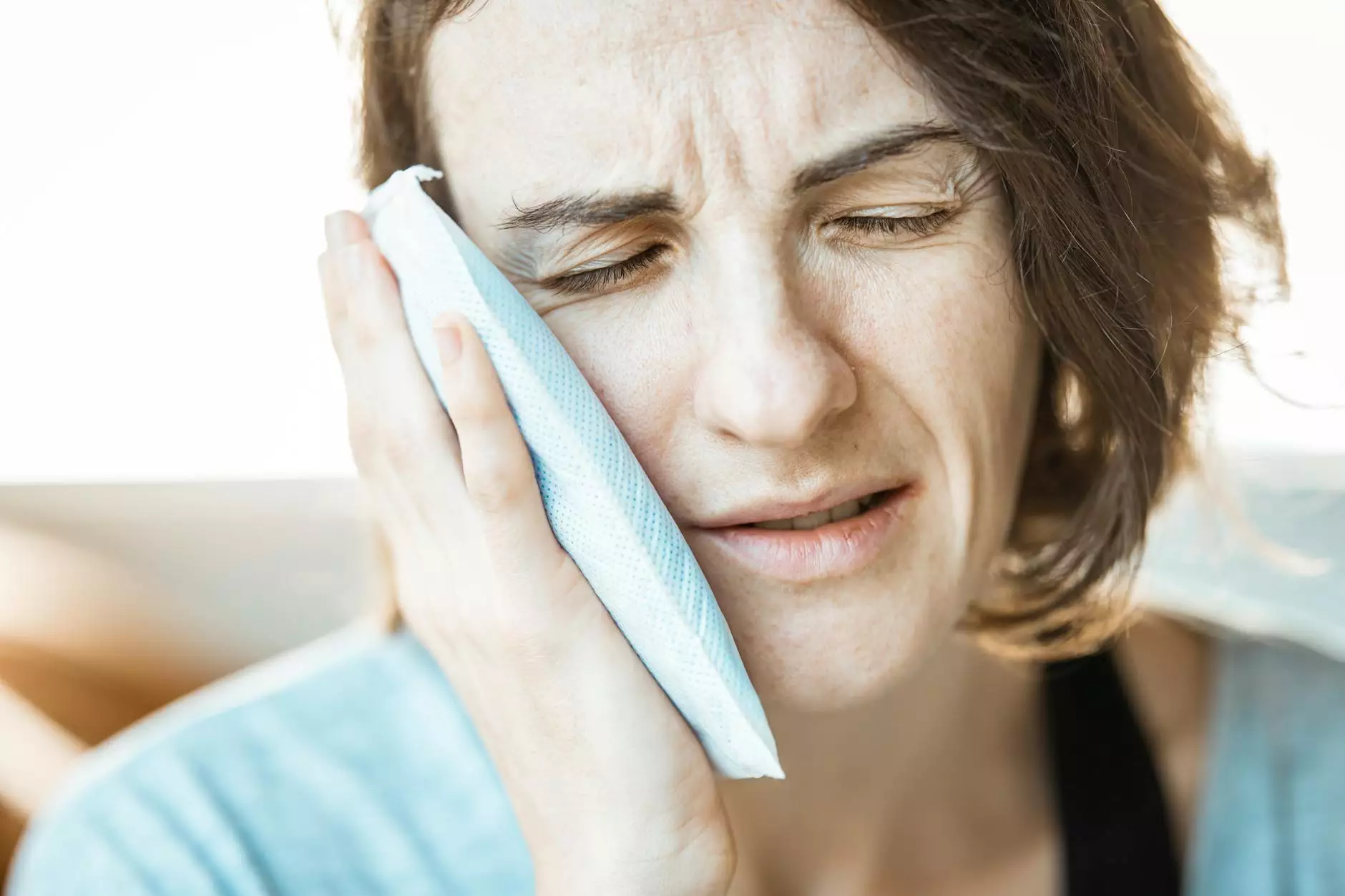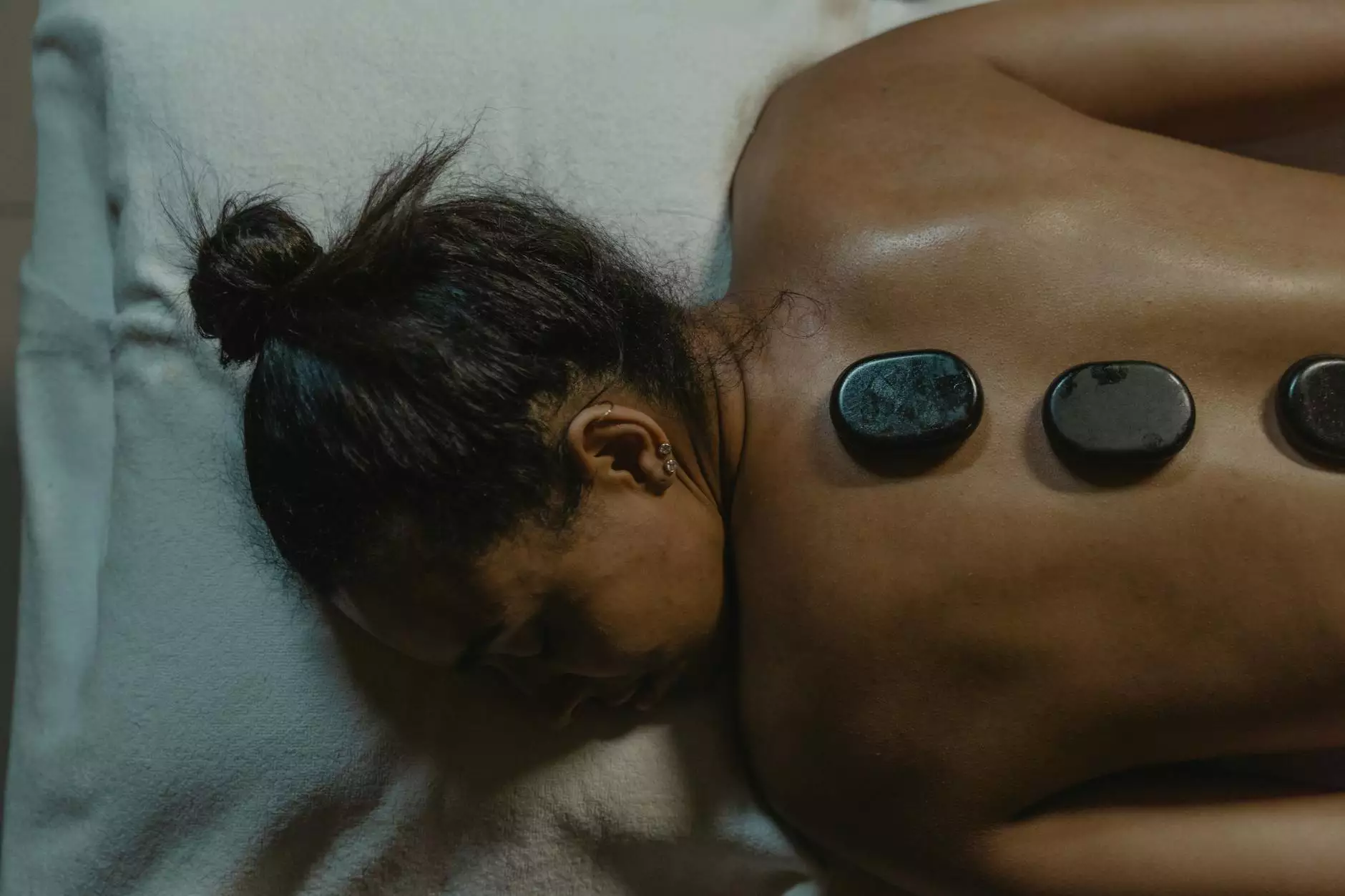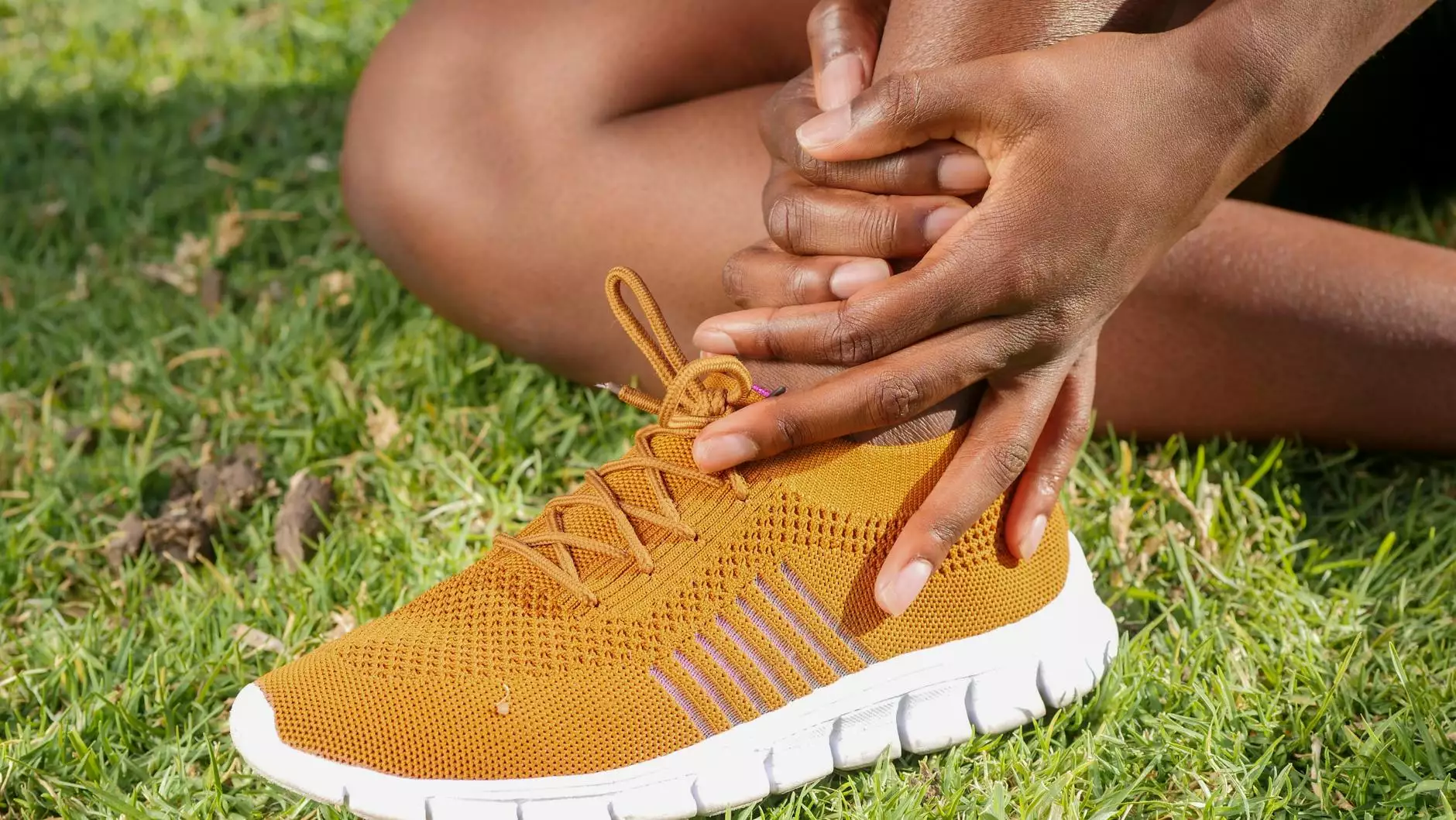Inner Knee Pain: Why Does the Inside of My Knee Hurt?
Blog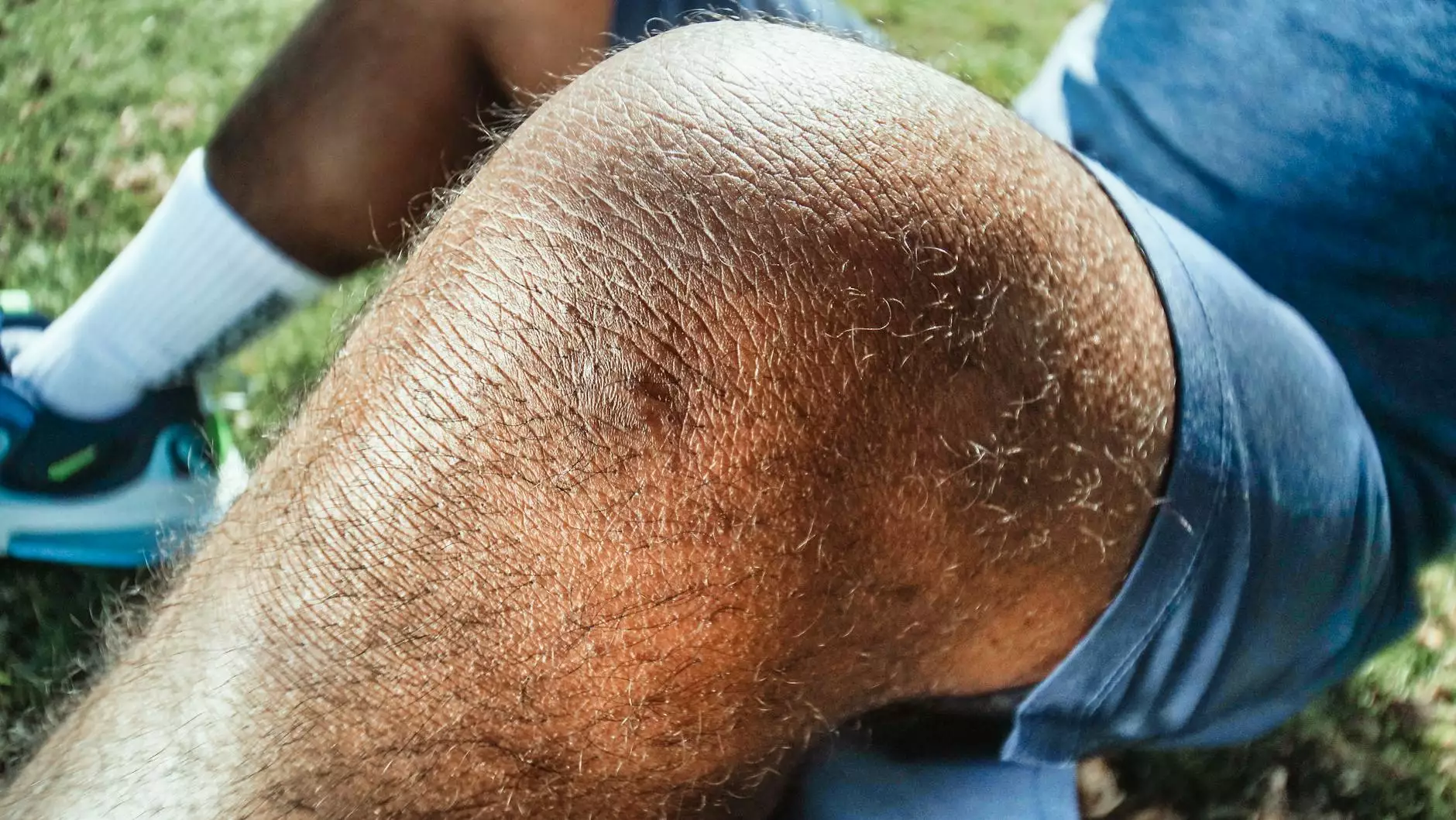
Welcome to Regency Square Care Center, your trusted source for comprehensive geriatric and aging care services. In this blog post, we will explore the causes, symptoms, and treatment options for inner knee pain. If you've been experiencing discomfort on the inside of your knee, we're here to provide you with valuable information to help you understand and address the issue.
Understanding Inner Knee Pain
Inner knee pain, also known as medial knee pain, is a common complaint among individuals of all ages. It is characterized by discomfort on the inside of the knee joint and can range from mild to debilitating. The pain may be sharp and localized or dull and diffuse, often worsening with activity.
Causes of Inner Knee Pain
There are several potential causes of inner knee pain, including:
- Meniscal Tears: Tears in the meniscus, the rubbery cartilage cushions in the knee joint, can lead to inner knee pain. These tears can occur due to sudden trauma or as a result of degenerative changes associated with aging.
- Medial Collateral Ligament (MCL) Injuries: The MCL, located on the inner side of the knee, can be sprained or torn due to twisting or direct impact to the outer knee. This can result in inner knee pain along with instability and swelling.
- Arthritis: Osteoarthritis, rheumatoid arthritis, and other forms of arthritis can cause inner knee pain as the joint cartilage deteriorates, resulting in inflammation and discomfort.
- Overuse or Tendonitis: Repetitive stress on the knee joint, such as excessive running or jumping, can lead to inner knee pain due to overuse or inflammation of the tendons surrounding the joint.
- Bursitis: Inflammation of the bursae, fluid-filled sacs that cushion the knee joint, can cause inner knee pain. Bursitis can develop as a result of repetitive motion or direct trauma.
Symptoms of Inner Knee Pain
The symptoms of inner knee pain can vary depending on the underlying cause. Common signs and symptoms include:
- Pain: Inner knee pain that may be sharp, throbbing, or achy.
- Swelling: Visible swelling or puffiness around the inner knee.
- Stiffness: Difficulty bending or straightening the knee fully.
- Instability: Feeling of the knee "giving way" or being unstable during movement.
- Clicking or Popping Sensation: Audible or palpable sensations when moving the knee.
Treatment Options for Inner Knee Pain
Effective management of inner knee pain involves addressing the underlying cause and alleviating symptoms. Here are some common treatment options:
Conservative Approaches
In many cases, inner knee pain can be treated using conservative approaches, such as:
- RICE Method: Rest, ice, compression, and elevation can help reduce pain and swelling.
- Physical Therapy: Targeted exercises and stretches can strengthen the muscles around the knee, improving stability and reducing pain.
- Nonsteroidal Anti-inflammatory Drugs (NSAIDs): Over-the-counter medications like ibuprofen can help reduce inflammation and alleviate pain.
- Bracing: Wearing a knee brace or sleeve can provide support and stability to the knee joint.
Medical Interventions
In some cases, medical interventions may be necessary to manage inner knee pain. These options include:
- Corticosteroid Injections: Injecting corticosteroids directly into the knee joint can provide temporary pain relief and reduce inflammation.
- Viscosupplementation: Hyaluronic acid injections can help lubricate the joint and provide long-term pain relief for individuals with knee osteoarthritis.
- Surgery: In severe cases where conservative approaches are ineffective, surgical interventions like arthroscopy, meniscus repair, or knee replacement may be recommended.
Preventing Inner Knee Pain
While it may not always be possible to prevent inner knee pain, there are steps you can take to reduce the risk. These include:
- Wearing Proper Footwear: Use shoes with good arch support and shock absorption to minimize stress on the knees.
- Strengthening the Surrounding Muscles: Engage in regular strength training exercises to build strong quadriceps and hamstrings, which help support the knee joint.
- Using Correct Form: Whether you're engaging in sports or performing everyday activities, using proper body mechanics can reduce the risk of knee injuries.
- Gradual Progression: Increase the intensity and duration of physical activities gradually to avoid overloading the knee joint.
Conclusion
Inner knee pain can significantly impact your daily life and mobility. Understanding the causes, symptoms, and treatment options is crucial to managing and overcoming this discomfort. Regency Square Care Center is committed to providing comprehensive geriatric and aging care services to individuals experiencing inner knee pain. Our team of experienced healthcare professionals is dedicated to helping you live a pain-free, active life. Contact us today to schedule a consultation and take the first step towards a healthier, happier you.

